In the labyrinthine alleys of Bangkok’s Yaowarat and the temple-lined streets of Rattanakosin, time seems to flow differently. These historic districts, where ancient traditions persist alongside modern life, provide an incomparable backdrop for environmental portraiture. Through years of photographing in these storied neighborhoods, I’ve discovered that each worn shophouse wall and every incense-scented corner holds the potential for extraordinary portraits that capture both the person and the pulse of old Bangkok.
The morning light in Rattanakosin reveals a different city than tourists typically see. As monks collect alms and vendors prepare their ancient family recipes, the golden hour illuminates centuries of history. Recently, while photographing an elderly street vendor near Wat Pho, the early sun cast long shadows across her face, creating natural directional lighting that any studio would struggle to replicate. Her weathered features, highlighted by this ethereal morning light, told stories of generations of street life in Bangkok’s oldest quarter.
Chinatown’s endless maze of alleyways presents a unique canvas for environmental portraits. The narrow sois create natural light tunnels, where sunlight bounces between buildings to produce surprisingly flattering illumination. These compressed urban spaces force an intimacy in portraits that’s impossible to achieve elsewhere. During a recent session with a traditional medicine shop owner, the tight confines of his herb-filled store became an advantage, allowing me to capture intimate portraits that placed him within the context of his family’s century-old business.
The architecture of these historic districts provides natural frames and leading lines that enhance portrait composition. The distinctive archways of old shophouses, the repetitive patterns of traditional Chinese windows, and the ornate details of temple architecture all serve as powerful compositional elements. While photographing a young chef in her family’s decades-old shophouse restaurant, the curved doorway of the entrance created a perfect frame, connecting her modern culinary innovations with her family’s heritage.
The interplay between shadow and light in these old neighborhoods creates opportunities for dramatic portraiture impossible to find in Bangkok’s modern districts. The covered walkways of Charoen Krung Road, with their century-old wooden shutters, create a natural light pattern that adds depth and mystery to portraits. These areas become especially magical during the brief periods when sunlight penetrates the narrow gaps between buildings, creating spotlight effects that seem almost staged.
Color plays a crucial role in these historic districts’ portrait opportunities. The faded pastel walls of old Sino-Portuguese buildings provide perfect neutral backgrounds, while sudden bursts of red from Chinese lanterns or gold from temple decorations can add dramatic accent colors to portraits. The key lies in positioning subjects to harness these natural color palettes. A portrait session with a traditional dressmaker became particularly striking when we found a weathered turquoise wall that complemented the silk she was working with.
The human element in these historic districts adds layers of authenticity to environmental portraits. Unlike the staged emptiness of studio shots, these locations pulse with life. The challenge becomes incorporating this background activity in a way that enhances rather than distracts from the primary subject. During a portrait session with a tea shop owner in Yaowarat, the natural movement of customers and steam from brewing kettles created an atmospheric depth that captured the essence of his daily life.
The preservation of traditional trades in these districts provides unique opportunities for storytelling through portraiture. Craftspeople practicing ancient skills, from gold leaf makers to traditional medicine practitioners, continue their work in settings largely unchanged for generations. These portraits require patience and understanding – waiting for the perfect moment when gesture, light, and environment align to tell the story of both the individual and their craft.
The religious architecture that dominates these historic districts presents both opportunities and challenges for portrait photography. The ornate details of temples can overwhelm portraits if not carefully composed, yet when properly incorporated, they provide powerful symbolic elements. A portrait series of local residents near Wat Traimit used the temple’s golden spires as subtle background elements, suggesting the spiritual foundation of daily life in these communities.
Weather conditions in these historic districts create their own opportunities for distinctive portraits. The rain-slicked stones of temple courtyards become mirrors, while morning mist in narrow sois creates natural diffusion. Even the challenging midday sun can be tamed by the natural shade provided by ancient banyan trees and traditional architecture. Understanding these environmental conditions helps transform potential obstacles into creative advantages.
The contrast between old and new in these districts provides compelling narrative elements for contemporary portraits. A young digital nomad working on her laptop in a century-old coffee shop, or a traditional medicine practitioner checking his smartphone between customers – these juxtapositions tell the story of Bangkok’s evolution through individual portraits. The key lies in finding compositions that respectfully capture this cultural dialogue between past and present.
Portrait photography in Bangkok’s historic districts requires more than technical skill – it demands an understanding of the rhythm and soul of these ancient neighborhoods. Success comes from patience, cultural sensitivity, and the ability to see potential in every weathered wall and narrow alley. These portraits, when properly executed, do more than capture individuals – they preserve moments in the ongoing story of Bangkok’s historic heart, where tradition and modernity continue their ancient dance.


